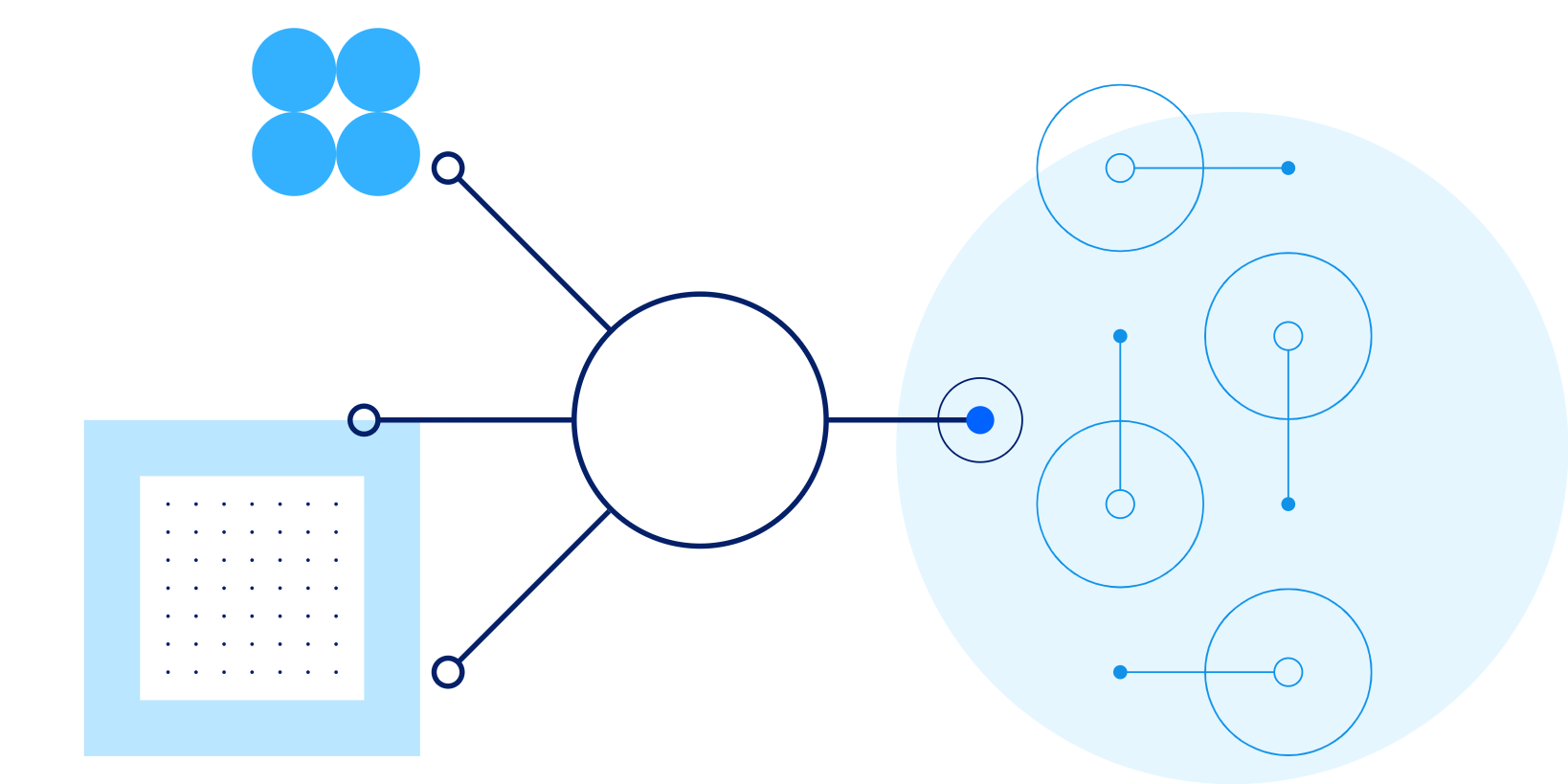About cookies on this site Our websites require some cookies to function properly (required). In addition, other cookies may be used with your consent to analyze site usage, improve the user experience and for advertising. For more information, please review your options. By visiting our website, you agree to our processing of information as described in IBM’sprivacy statement. To provide a smooth navigation, your cookie preferences will be shared across the IBM web domains listed here.
Perspectives
Behold the future leader: Human-Machine Team Manager
8 July, 2021 | Written by: Catalina Coca
Categorized: Perspectives
Share this post:
Do you ever wonder what the future will look like? Do you ever think about getting old? About not being able to witness so many things that humankind hasn’t achieved yet. Because I am. And I wish I could still be here and enjoy my vacations to Mars and my flying Tesla. But for this to happen I would need to be induced to hibernation like Aurora Lane in Passengers. You see, whenever I have these thoughts, or whenever I come across news titles such “Doctors build world’s first bionic eye”, and I’m wondering how this is even possible, I call my dad. He’s my go-to-person. He’s like a living encyclopedia when it comes to physics, chemistry, biology, and all those sciences that I wasn’t attracted to in high-school.
My father is an engineer. And since I was a little girl, I’ve watched him design and build mechanical robots or semi-automated machines. I grew up in a house where quantum physics or applied mathematics books were crowded on our bookcase. Even though I didn’t understand much at that time, I was fascinated by how these machines, that my dad engineered, helped solve problems or ease processes. Whether they sped up the assembling on a production line, or helped workers lift different weights in a factory, I was mesmerized by the superpowers they possessed. Amazing abilities that my father gave them when he started his first draft in AutoCAD. Yet, I never thought, and neither did he, how these mechanical, iron-made robots will evolve into something even greater today. Something that’s beyond his own knowledge, but that has the same purpose: to make human lives better. And that is AI.
From heavy machines to intangible AI technologies
We now get to talk about the outstanding capabilities of AI and how it will change the world. From the way we live, the places we travel, to the way we check our health, and the way we work. We get to joke about future robo-dogs, and holograms. Or about replacing human organs with tiny parts of software that could transform us in Ironman. Or about having co-bots in our teams. At this moment, some may seem utopian, but working with AI, no matter its current shape, is happening as we speak.
For instance, we can improve customer experience and lower costs with the help of IBM Watson Assistant. The Brazilian bank Bradesco is already doing that by giving personal attention to its 65M customers. Or we can use Watson Speech to Text to enable fast and accurate speech transcription in multiple languages. Sounds amazing, right? You can find out more by reading Lingmo International’s story who are breaking down language barriers with Watson technology. Last but not least, I want to tell you a little bit about Watson Discovery. It uses innovative, natural language processing to uncover meaningful business insights from documents, webpages, and big data. An awesome example is the one from Meiji Yasuda Life Insurance Co. The Japanese company has reduced the workload involving the reading and analysis of text data by 90% and eliminated over 1,500 hours of work for the firm every year.
Welcome to the future enterprise
Watson seems like the perfect colleague, doesn’t it? But like any other new colleague, Watson needs to learn, to adapt and to work with his human teammates. And viceversa. Hybrid teams like these represent the future of work and team managers will need to prepare themselves to answer questions such as:
- How to convince people to work with AI technologies?
- How to define rules and responsibilities on how humans and machines will collaborate?
- Who is accountable for making decisions?
- Who is “coaching” the AI to become a better machine?
They’ll also need to embrace the concept of Virtual Enterprise. We all do. The Virtual Enterprise was already on its way, but the pandemic accelerated the digital transformation of organizations. We’re already experiencing more virtual meetings with our customers, more human-machines interactions, or more powerful digital tools. One thing’s for sure: the new ways of working will require new skills and new rules of engagement for people, machines, teams, and organizations. And someone needs to take the lead.
Excited about what the future brings?
Just like my father taught his team of people how to use those mechanical robots, the future human-machine team manager will find himself or herself in the same shoes. Of course, this is just a simple analogy. AI technologies will be even more complex 50 years from now, and they’ll entail unprecedented changes and challenges in the workspace, besides the benefits they’ll bring.
Either way, I wish I could still be here and experience the hybrid way of working. One in which the machines are giving us more time to focus on the creative part of the job. More time and energy to explore new possibilities for business growth. Till then, I’m happy to work at IBM where I get to see how technology is changing not just the future of work, but the world itself. You can be part of this journey too, and here’s your starting pack.

Catalina Coca
Content Marketing Manager, EMEA
More stories
By Helen Gowler on 3 October, 2024
Generative AI: driving a new era of HR transformation
Helen Gowler, Partner, EMEA Talent & Transformation Lead Today, I’m proud to be part of a company that’s committed to addressing gender bias in the tech industry. IBM is pioneering the use of AI to tackle this issue, and I’m excited to contribute to this effort. Our team is developing AI models that can detect […]
By Mark Restall on 18 July, 2024
Multi-Modal Intelligence Platform
Traditionally, data management systems provided only numerical or textual based business intelligence primarily for back-office users across finance, sales, customer management and supply chain. Today, we are increasingly seeing data management systems which drive key business functions requiring interrogation of multi-modal data sets from documents, presentations, images, videos to audio. This demands a more sophisticated […]
By Mark Restall and others on 16 July, 2024
The use of GenAI to Migrate and Modernise Organisational Core Programming Languages
GenAI is hugely powerful and supports a diversity of use cases by focusing on routine work – allowing people to focus time on value-add tasks, thus enhancing productivity. The focus of this use case is for an organisation which had previously focussed on a legacy set of tooling and programming languages and needed a way […]





























